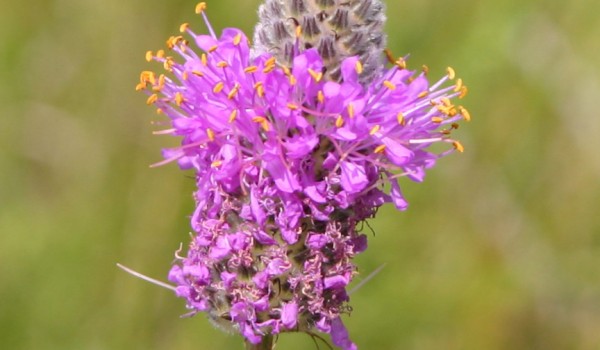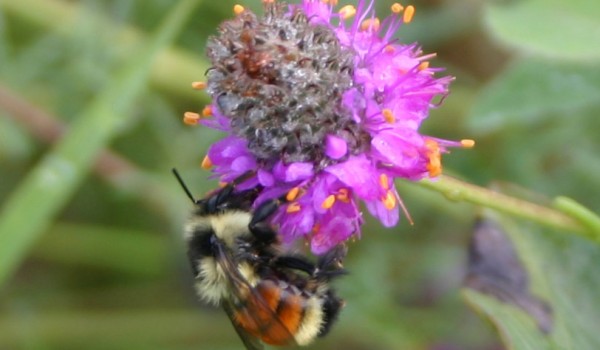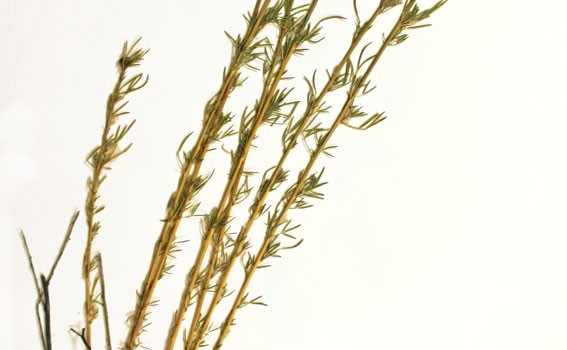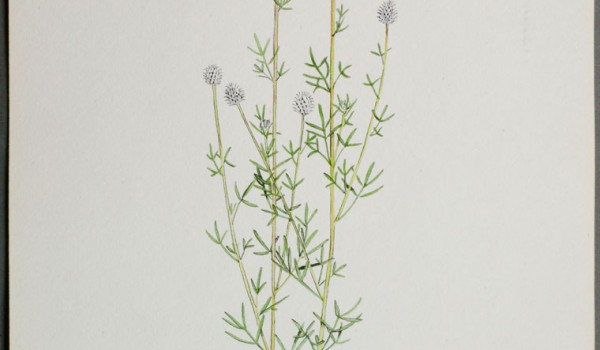Legume (Fabaceae)
Purple Prairie-clover
Dalea purpurea Vent.Purple Prairie-clover is easily recognized by its cone-like flower heads. Plants add valuable nitrogen back into the soil, and have a deep taproot adapted for drought tolerance. They are high in protein and palatable to mammalian herbivores. Flowers are visited often, and provide nectar for bees and butterflies. Seed dispersal occurs when plants are shaken by the wind, or by small rodents that may carry them to their dens.
Flower Colour:
- Purple
Flowering Season:
- Summer
- Fall
Flowering Months:
- August
- July
- June
- September
Canadian Rarity Status:
Not rare. Listed as “may be at risk” in Ontario.
Physical Appearance:
The upright stems of this perennial grow 30-90 cm tall. They are unbranched, hairless, and in clumps of 2-15. Each alternate leaf is short and divided into 3-7 narrow leaflets. The tiny flowers have five petals and no noticeable scent. These occur in a dense cylindrical spike on the ends of stems, and bloom in a ring upwards from the bottom. Fruits are tiny pods with one seed that do not split open when mature.
Similar Species:
Hairy Prairie-clover, White Prairie-clover
Gardening Notes:
Seeds and/or plants are typically available from greenhouses and seed supply companies specializing in native plants. This is a good plant for prairie/meadow and native pollinator gardens, and attracts bees and butterflies. Propagation by seed is recommended.
Canadian Distribution:
- Alberta
- Manitoba
- Ontario
- Saskatchewan
Prairie Types:
- Fescue Prairie
- Mixed Grass Prairie
- Tall Grass Prairie
Habitats:
- Limestone Glades
- Open Woodlands
- Prairies
- Savannahs
Moisture Conditions:
- Dry
- Moderate
Light Preference:
- Full Sun
Soil Preference:
- Clay
- Gravel
- Loam
- Sand
Associated Pollinators:
-
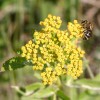 Andrenid Bees, Miner/Digger Bees (Andrenidae)
Andrenid Bees, Miner/Digger Bees (Andrenidae)
-
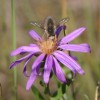 Bee Flies (Bombyliidae)
Bee Flies (Bombyliidae)
-
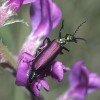 Blister Beetles (Meloidae)
Blister Beetles (Meloidae)
-
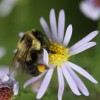 Bumble, Honey, and other Bees (Apidae (Subfamily Apinae))
Bumble, Honey, and other Bees (Apidae (Subfamily Apinae))
-
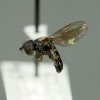 Cheese Skippers (Piophilidae)
Cheese Skippers (Piophilidae)
-
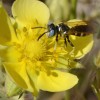 Crabronid Wasps (Crabronidae)
Crabronid Wasps (Crabronidae)
-
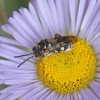 Cuckoo Bees (Apidae (Subfamily Nomadinae))
Cuckoo Bees (Apidae (Subfamily Nomadinae))
-
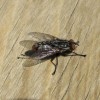 Flesh Flies (Sarcophagidae)
Flesh Flies (Sarcophagidae)
-
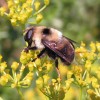 Flower Flies (Syrphidae)
Flower Flies (Syrphidae)
-
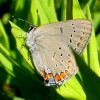 Gossamer-winged Butterflies (Lycaenidae)
Gossamer-winged Butterflies (Lycaenidae)
-
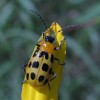 Leaf Beetles (Chrysomelidae)
Leaf Beetles (Chrysomelidae)
-
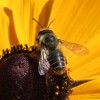 Leafcutter and Mason Bees (Megachilidae)
Leafcutter and Mason Bees (Megachilidae)
-
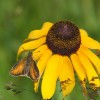 Skippers (Hesperiidae)
Skippers (Hesperiidae)
-
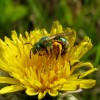 Sweat Bees, Halictid Bees and other Bees (Halictidae)
Sweat Bees, Halictid Bees and other Bees (Halictidae)
-
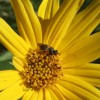 Thick-headed Flies (Conopidae)
Thick-headed Flies (Conopidae)
-
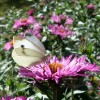 Whites, Sulfurs, Orangtips, Marbles (Pieridae)
Whites, Sulfurs, Orangtips, Marbles (Pieridae)
-
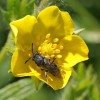 Yellow-faced Bees (Colletidae)
Yellow-faced Bees (Colletidae)
-
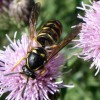 Yellowjacket, Potter, and other Wasps (Vespidae)
Yellowjacket, Potter, and other Wasps (Vespidae)






